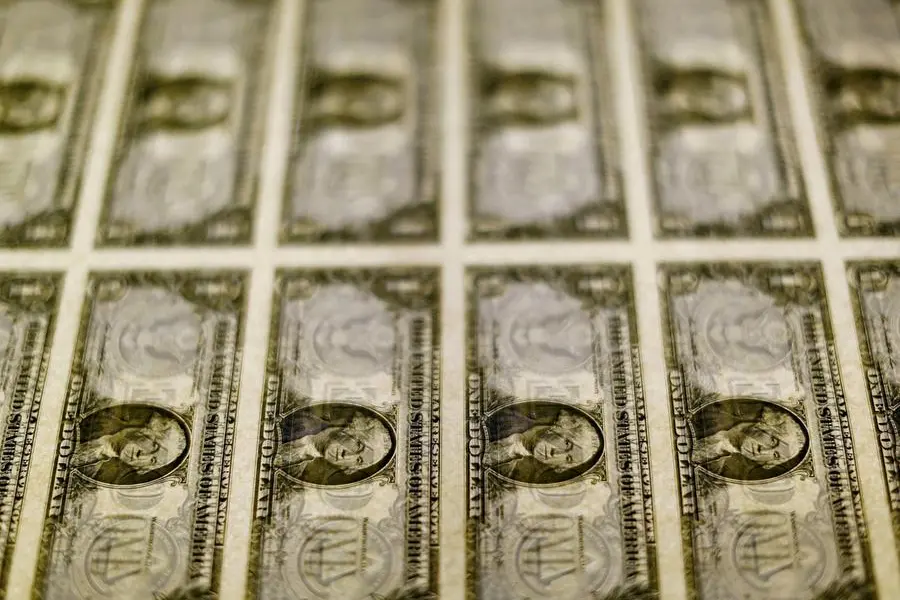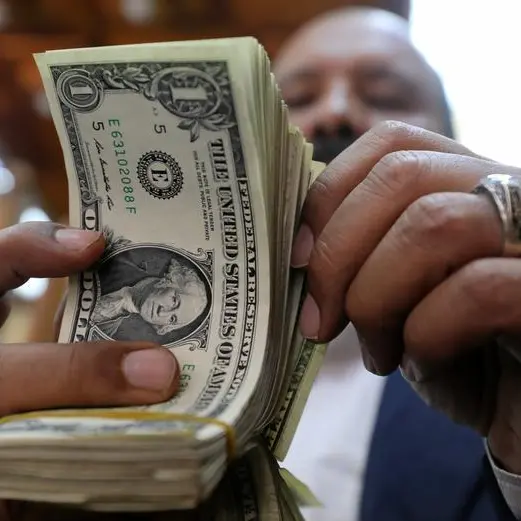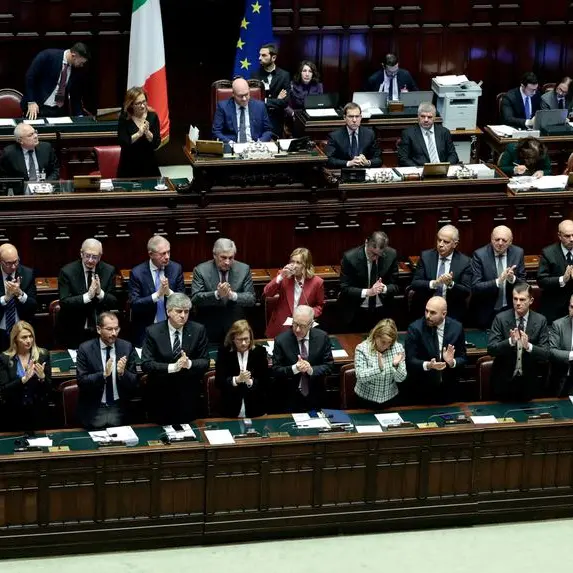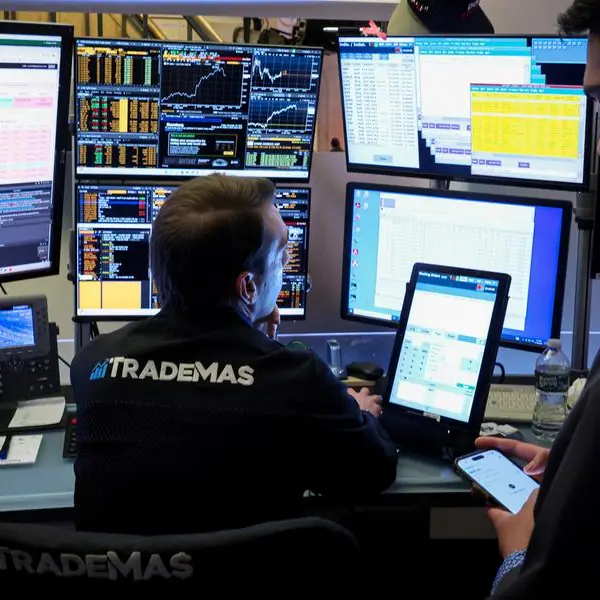PHOTO
(The opinions expressed here are those of the author, a columnist for Reuters.)
ORLANDO, Florida - Foreign investors' claims on Uncle Sam have been greater than U.S. investors' claims overseas for decades, an imbalance that many analysts have long warned may spark a crisis of confidence in the dollar.
That crisis has yet to arrive and there are good reasons to believe it never will, but the U.S. is now entering uncharted territory with regard to its net debtor status.
Its negative net international investment position, or "NIIP", is growing rapidly and is now the largest it has ever been, both nominally and as a share of GDP.
This is raising new questions about how long this American exceptionalism can last.
THE ONLY GAME IN TOWN
A country's NIIP is the difference in the value of its foreign-held assets including stocks, bonds, FDI and other investments, and its equivalent domestic total held by foreigners. The latter are claims by overseas entities, so are classed as liabilities.
According to the Bureau of Economic Analysis, the United States' NIIP at the end of June was a negative $22.52 trillion, or 77.6% of annual GDP, an increase of $4.27 trillion and 11 percentage points in the last year.
But it's not just the volume of these liabilities that has changed dramatically in recent years; it's also the composition.
The U.S.'s "net debtor" status is increasingly driven by equity-based liabilities. Equity-related foreign direct investment into the U.S. stood at $14.77 trillion in June and claims on U.S. equity portfolio assets totaled $16.67 trillion, both up almost $2 trillion since December.
The contribution of equity flows and valuation changes to NIIP since the pandemic has been roughly twice that of bond-related dynamics.
"The role of the U.S. as banker to the world is changing," says Chris Marsh, senior adviser to Exante Data and a former economist at the IMF. "The U.S. is now the global innovator and foreign appetite for claims on the U.S. is reshaping the U.S. external balance sheet."
In fact, the U.S. is now a net debtor on all major measures of its external position: equity, debt, foreign direct and 'other' investments. Sounds worrying? Not necessarily.
This lopsidedness mostly signals confidence in the relative strength and attractiveness of the U.S. economy and its assets, particularly those traded on Wall Street, compared to the global counterparts.
Consequently, U.S. stocks now account for a record 72% of world stocks, according to MSCI market cap metrics. That's up from around 63% before the pandemic and up 20 percentage points in little more than a decade.
"U.S. companies are enormously profitable, the economy is strong. Why do I go anywhere else," ponders Jan Loeys, managing director of global research at JP Morgan. "The price you're paying for this U.S. strength ain't cheap. But the trigger to go elsewhere isn't there yet."
Of course, this deluge has only helped accelerate the positive trends in U.S. growth, corporate profits and asset prices.
This has obviously been a boon to U.S. investors. U.S. households' equity allocation as a share of total financial asset holdings has never been higher at almost 45%, according to JP Morgan.
In this light, it looks like we're seeing a virtuous circle. And if that's why America's external asset position is "deteriorating", that may not be such a bad thing.
WILL THE MUSIC STOP?
But can it last?
To be sure, there's no indication that foreign investors are about to dump U.S. stocks any time soon. Still, valuations are starting to get a bit rich by historical standards, especially for some of the mega-cap tech companies that have powered the two-year bull market.
And it's unclear how much juice is left in America's economic boom or whether AI can deliver the returns that trillions of invested dollars are banking on. Also, if crowded trades have pushed up U.S. markets in recent years, it's reasonable to assume that a genuine correction – if it lasts – could be painful.
Then there's America's debt, which actually has to be paid back or rolled over. Foreigners' net claim on U.S. debt is currently approaching $11 trillion. Granted, most of that is in Treasuries, the safest, most liquid and most sought-after asset in the world. But that doesn't mean there's nothing to worry about.
"The increasing value of liabilities reflects the strength of the U.S. economy. But borrowing generates liabilities that will have to be stabilized eventually," says Gian Maria Milesi Ferretti, senior fellow at the Hutchins Center on Fiscal and Monetary Policy, The Brookings Institution.
So while this party may last for some time, if financial history has taught investors anything, it's that no party lasts forever – especially one driven by large and widening imbalances.
(The opinions expressed here are those of the author, a columnist for Reuters.)
(By Jamie McGeever; Editing by Lincoln Feast.)























